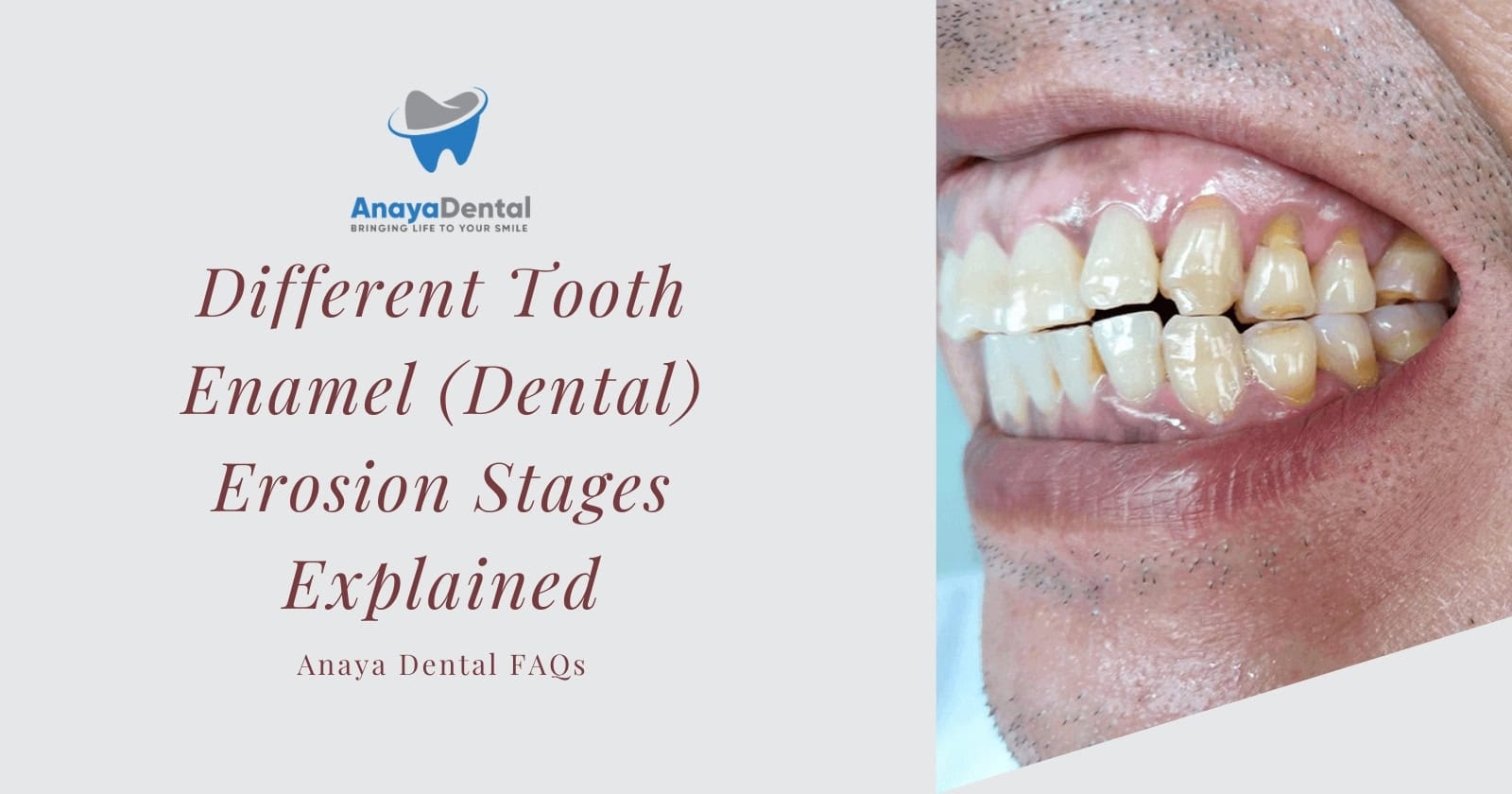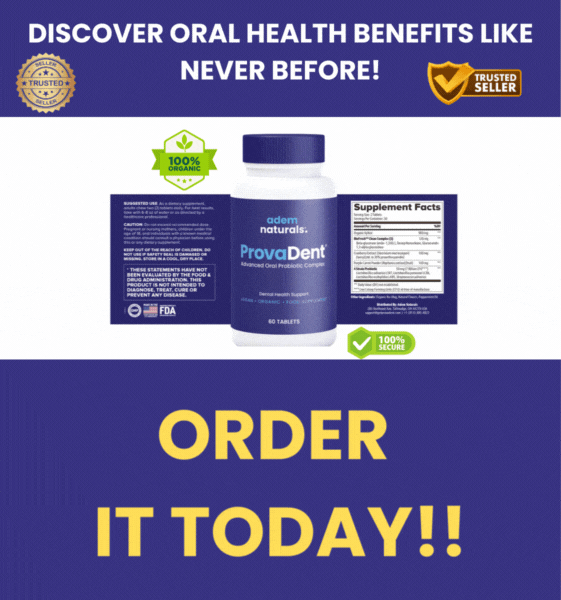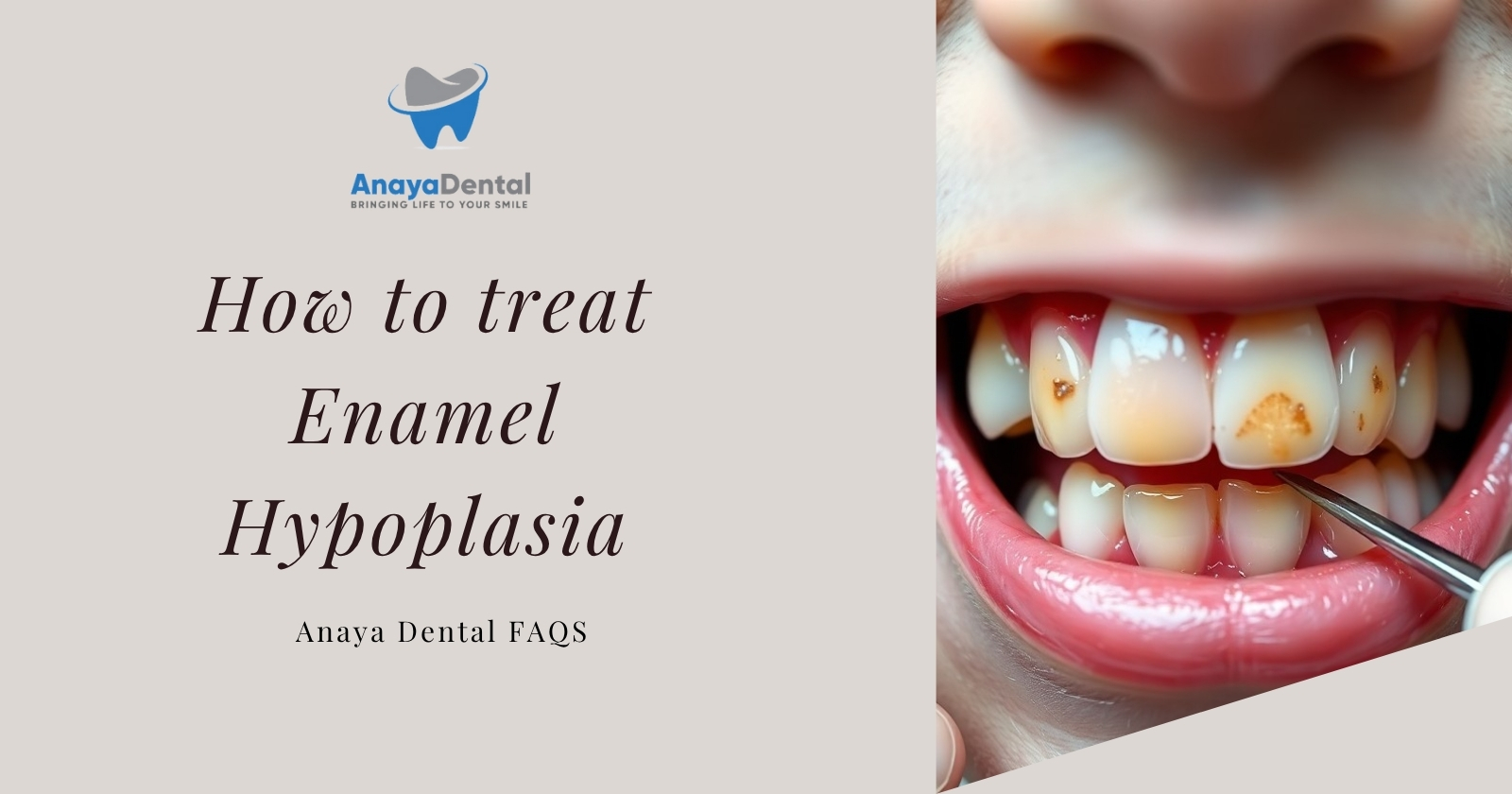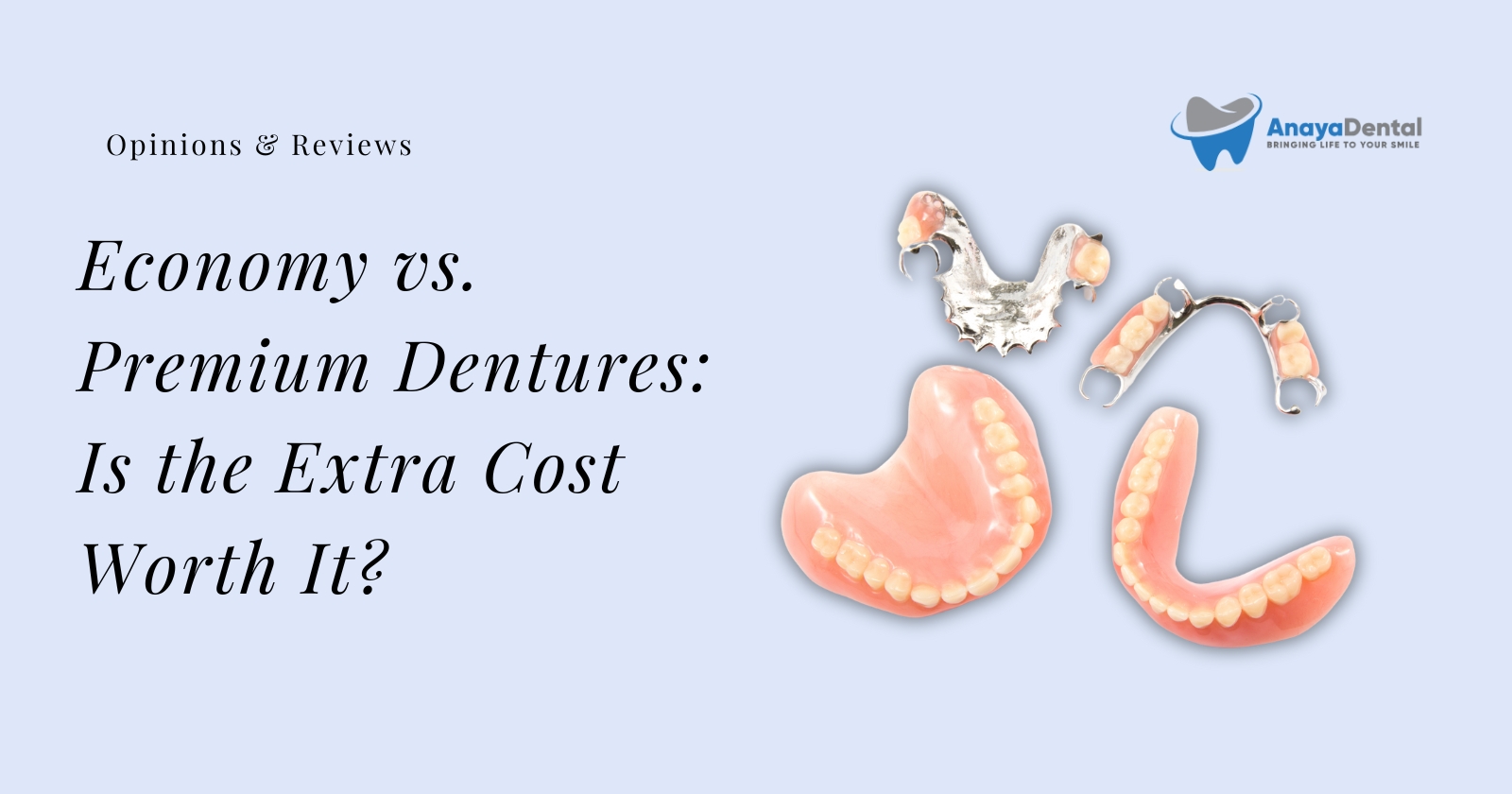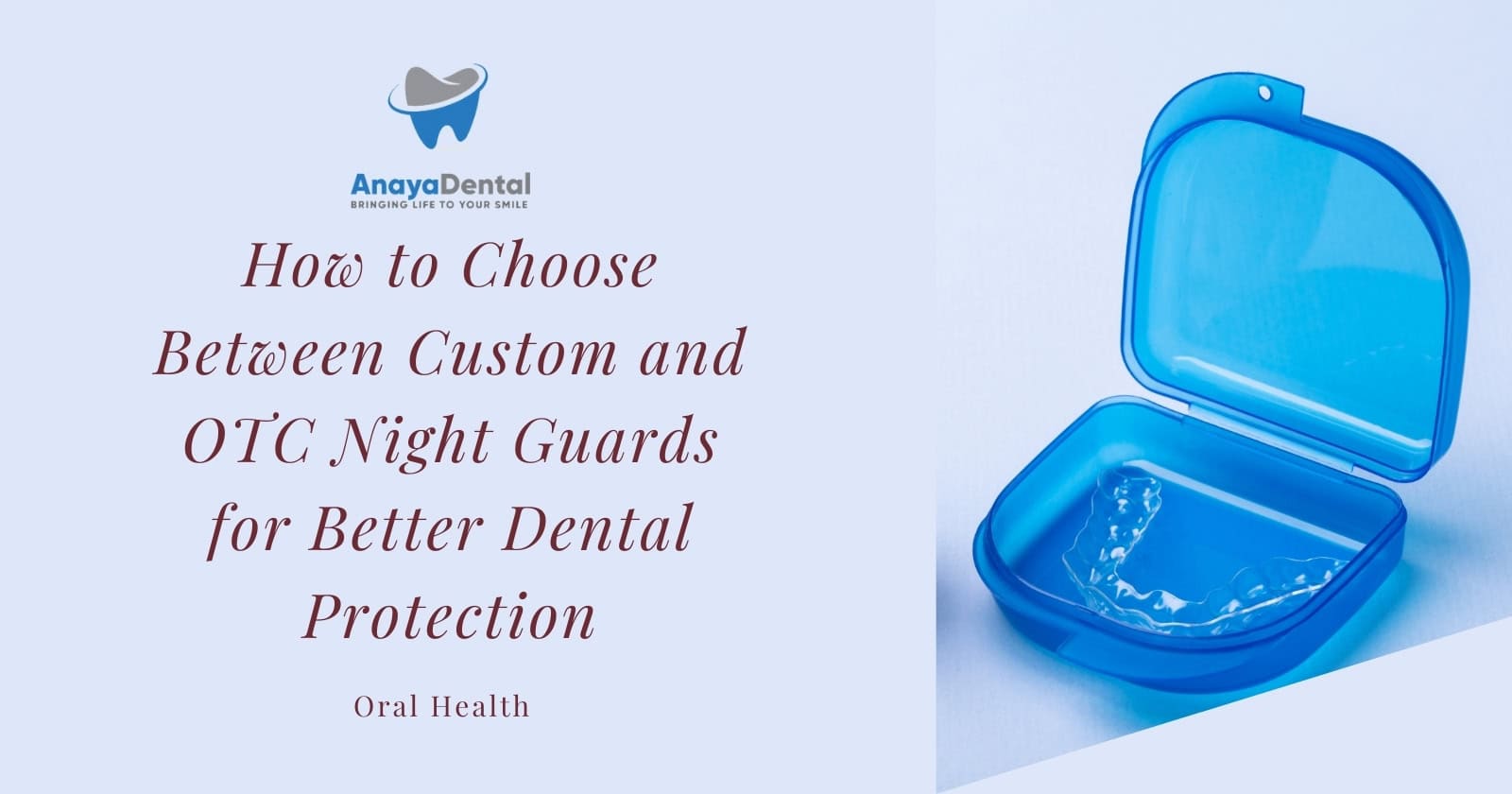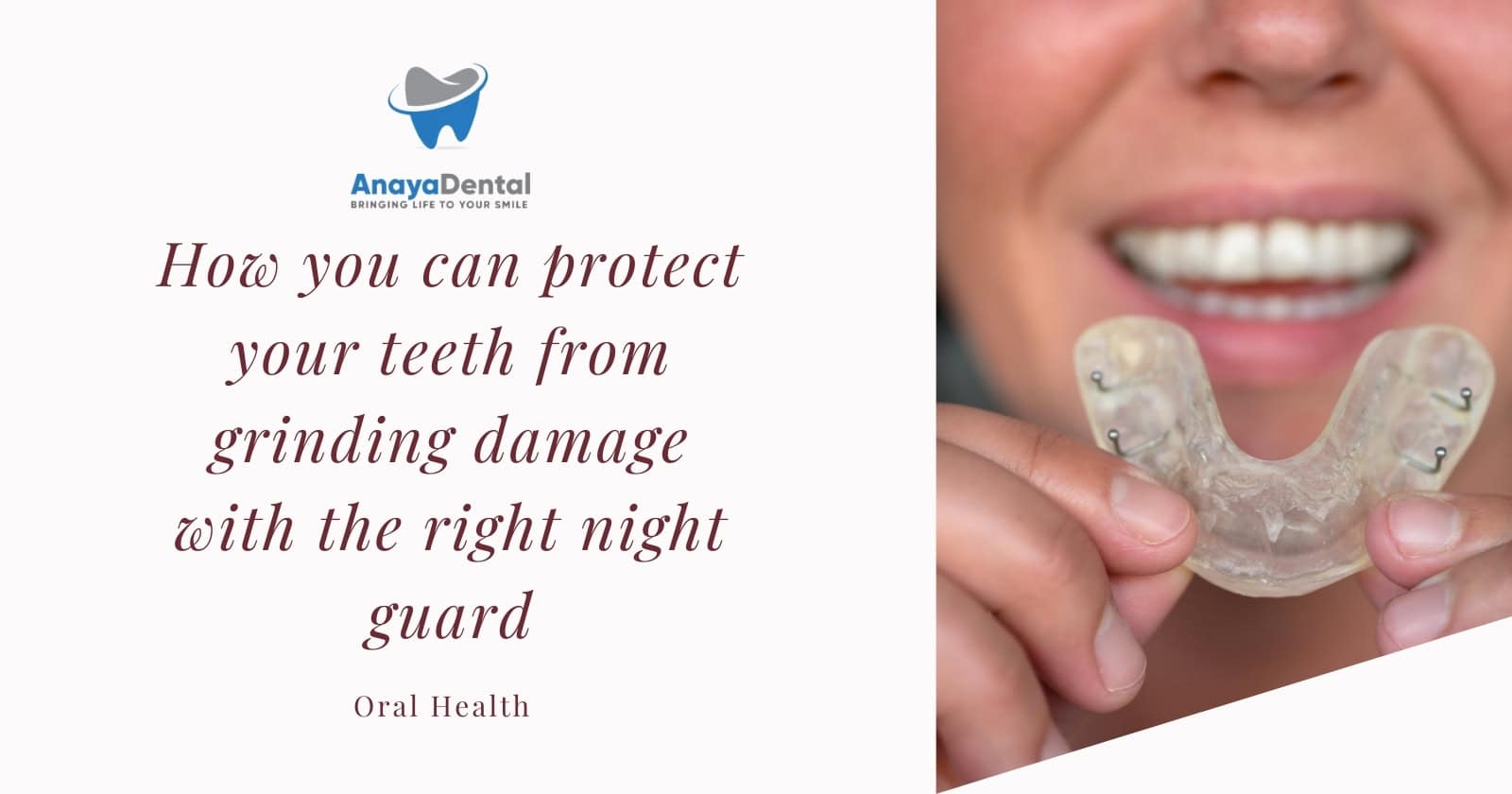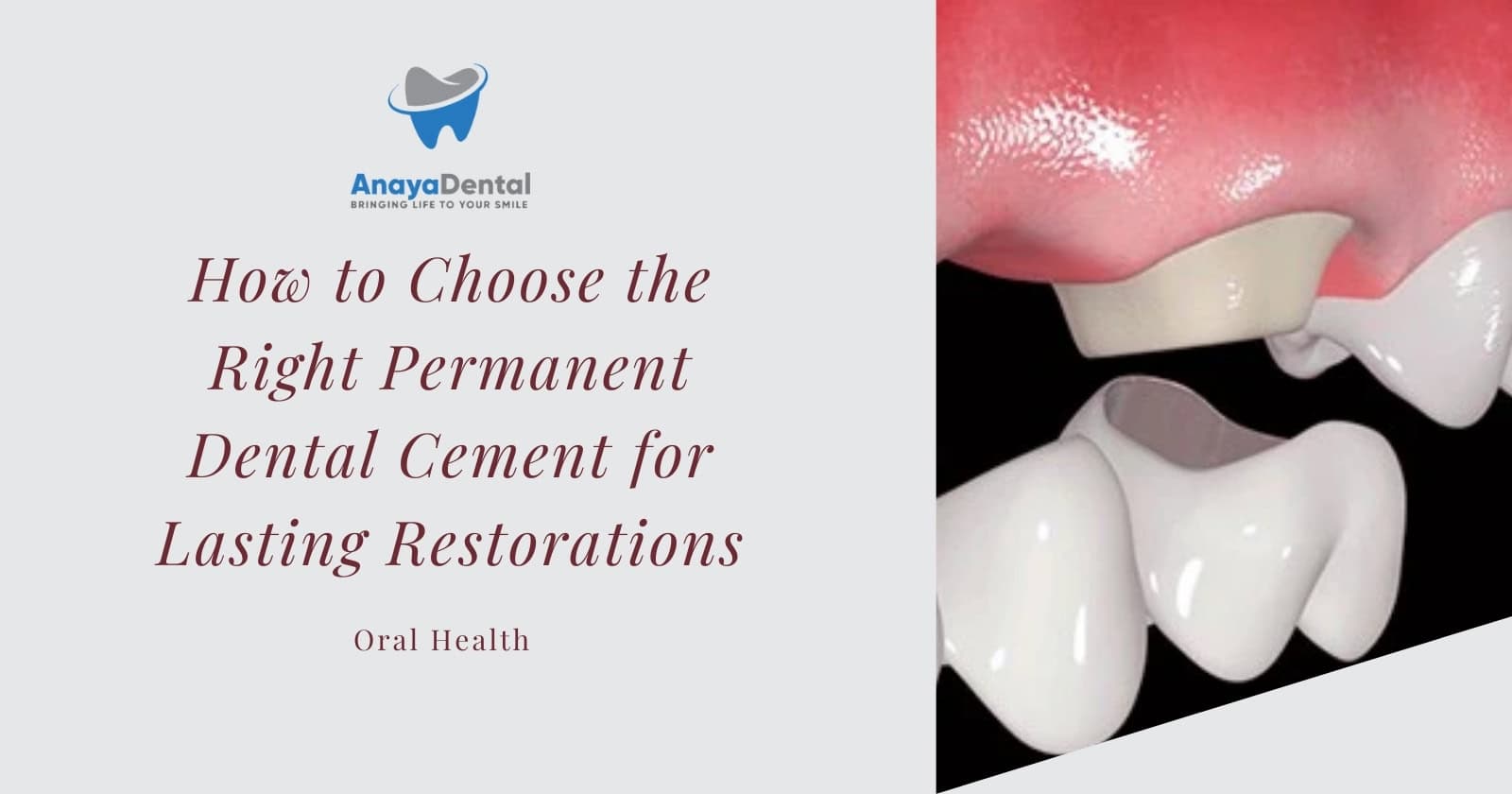It’s easy to overlook your tooth enamel until problems arise, but this protective outer layer of your teeth plays a vital role in maintaining your oral health. When your enamel begins to erode, it exposes the sensitive layers beneath, leading to irreversible damage if left untreated. Your daily habits, from the beverages you choose to your brushing technique, can either protect or compromise your enamel integrity. Understanding the stages of erosion and recognizing early warning signs can help you prevent permanent tooth damage and maintain a healthy smile for years to come.
Key Takeaways:
- Enamel erosion progresses through distinct stages, from initial softening to severe damage, with early detection being necessary for preventing irreversible tooth damage.
- Common causes include acidic foods/drinks, medical conditions like GERD, certain medications, and aggressive brushing techniques – limiting exposure to these factors helps protect enamel.
- Early symptoms include tooth sensitivity, discoloration, and rough tooth edges – recognizing these warning signs allows for timely intervention and treatment.
- Prevention strategies include proper brushing techniques, using fluoride products, waiting 30 minutes after eating to brush, and maintaining adequate saliva production through hydration.
- Treatment options range from fluoride treatments and dental bonding for mild cases to crowns or veneers for severe erosion – the earlier the intervention, the more conservative the treatment can be.
Understanding Tooth Enamel
A remarkable protective layer covers your teeth – tooth enamel, the hardest substance in your body. This mineralized surface acts as your teeth’s first line of defense against daily wear, acidic foods, and bacterial attacks. While incredibly durable, enamel is not indestructible and requires proper care to maintain its protective properties.
Structure and Function
After formation, your tooth enamel consists of tightly packed hydroxyapatite crystals, creating a highly mineralized shield that’s harder than bone. This unique structure allows you to bite, chew, and grind food while protecting the sensitive dentin and pulp beneath. Your enamel also helps regulate temperature sensitivity and prevents tooth decay.
Try Our Dental Calculators
Natural Protective Mechanisms
Natural defense systems in your mouth work continuously to protect your enamel. Your saliva contains minerals that help remineralize early stages of enamel damage. This process, known as remineralization, can reverse minor erosion and strengthen your teeth’s protective barrier.
Enamel repair occurs through a delicate balance of minerals in your mouth. When you maintain proper oral hygiene and a balanced diet, your saliva’s calcium and phosphate ions help rebuild weakened enamel areas. However, if acid attacks occur too frequently, this natural repair system becomes overwhelmed, leading to permanent enamel loss.
Stages of Enamel Erosion
Even mild tooth enamel erosion can progress through distinct stages if left untreated. Your enamel’s deterioration follows a predictable pattern, moving from subtle surface changes to potentially severe damage affecting your tooth’s deeper layers. Understanding these stages helps you identify and address the problem early.
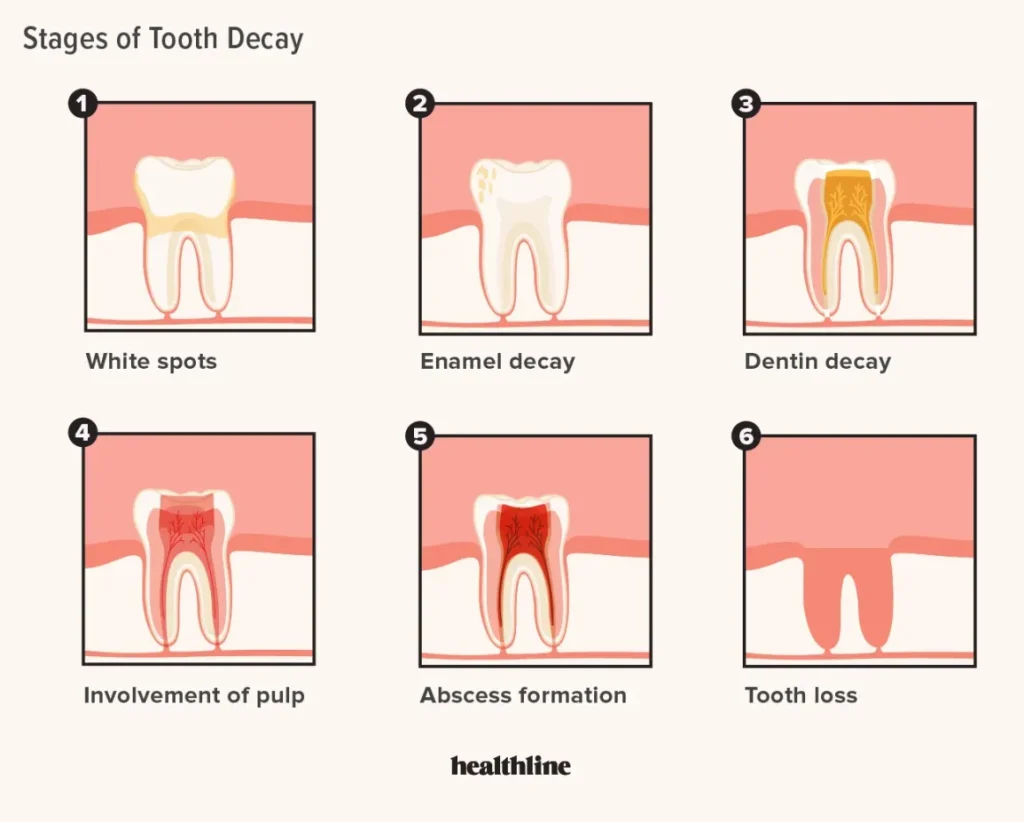
Early Stage: Surface Softening
Around this initial stage, your tooth enamel begins to lose its natural shine and smoothness. You might notice increased sensitivity to hot, cold, or sweet stimuli. The surface becomes slightly rougher, though damage is still reversible with proper intervention and care.
| Visual Changes | Sensitivity Level |
|---|---|
| Loss of shine | Mild discomfort |
| Slight roughness | Temperature sensitivity |
Advanced Stage: Surface Loss
Surface changes become more apparent as your enamel continues to erode. The teeth may appear yellower and more transparent at the edges. Your dental professional can measure the extent of surface loss during check-ups.
- Visible changes in tooth shape
- Increased sensitivity
- Rounded edges on teeth
- Shallow depressions on surface
And at this stage, your teeth become more vulnerable to further damage. The weakened enamel makes your teeth more susceptible to chips and cracks. You might notice changes in how your teeth feel when you run your tongue over them.
Severe Stage: Dentin Exposure
Before reaching this final stage, your teeth will show significant changes in appearance and sensitivity. The exposed dentin beneath your enamel can cause intense pain and make eating difficult. Your teeth may appear noticeably shorter or have cup-like depressions on their surfaces.
But the implications of severe enamel erosion extend beyond discomfort. Your teeth become highly vulnerable to decay and infection. This stage often requires extensive dental intervention to protect your remaining tooth structure and restore function.
Common Causes
Despite your best oral hygiene efforts, tooth enamel erosion can occur due to various factors in your daily life. Understanding these causes is vital for protecting your dental health and preventing further damage to your teeth’s protective layer.
Dietary Factors
Any consumption of acidic foods and beverages can initiate enamel erosion. Regular intake of citrus fruits, sodas, sports drinks, and wine gradually breaks down your tooth enamel. Even healthy options like apple cider vinegar and citrus fruits can contribute to erosion. Though limiting these items and using a straw can help minimize direct contact with your teeth.
Medical Conditions
Against your control, certain medical conditions can accelerate enamel erosion. Acid reflux, bulimia, and frequent vomiting expose your teeth to stomach acid, while dry mouth reduces protective saliva flow.
Also, medications that cause dry mouth, eating disorders, and gastrointestinal problems can significantly impact your enamel health. Your medical history plays a vital role in determining your risk level for enamel erosion.
Environmental Influences
Between various environmental factors, chlorinated pool water, excessive teeth grinding, and aggressive brushing can wear down your enamel. Professional risks like wine tasting or battery factory work can also expose you to harmful acids.
Dietary and lifestyle modifications can help protect your teeth from environmental damage. Using appropriate protective gear, maintaining proper pH levels in pools, and wearing a night guard for teeth grinding can prevent enamel erosion.
Recognizing Symptoms
Unlike tooth decay, enamel erosion develops gradually and can be difficult to detect in its early stages. Understanding the signs helps you identify and address the condition before it leads to irreversible damage. Your awareness of these symptoms enables timely intervention and prevention of further deterioration.
Visual Changes
At first glance, you might notice your teeth becoming increasingly yellow or discolored. Your teeth may appear more transparent at the edges, develop rounded edges, or show shallow depressions on their surface. These changes occur as the protective enamel layer gradually thins, revealing the yellowish dentin underneath.
Physical Sensations
Beside visual changes, you’ll likely experience increased sensitivity to hot, cold, and sweet substances. Your teeth might feel rough or sandy when you run your tongue over them, and you may notice increased discomfort while brushing.
The sensitivity you experience occurs because the eroded enamel no longer provides adequate protection to your tooth’s nerve endings. This exposure can lead to sharp, shooting pain when consuming certain foods or beverages, making daily activities like drinking coffee or eating ice cream uncomfortable.
Clinical Signs
Behind the scenes, your dentist can identify professional indicators of enamel erosion, including decreased enamel shine, altered tooth texture, and changes in your bite pattern. Regular dental check-ups help track these changes effectively.
Consequently, your dentist might observe additional signs such as worn fillings, exposed dentin, and changes in tooth structure through professional examination tools. These clinical observations help determine the severity of erosion and guide appropriate treatment plans tailored to your specific situation.
Prevention Strategies
To protect your tooth enamel from erosion, implementing comprehensive prevention strategies is imperative. By combining proper dietary choices, maintaining excellent oral hygiene, and making smart lifestyle adjustments, you can significantly reduce your risk of enamel erosion and maintain healthy teeth for years to come.
Dietary Modifications
With mindful eating habits, you can minimize acid exposure to your teeth. Limit acidic foods and beverages, particularly citrus fruits, sodas, and sports drinks. When consuming acidic items, use a straw to reduce direct contact with teeth, and avoid sipping throughout the day. Wait at least 30 minutes after consuming acidic foods before brushing to protect your weakened enamel.
Oral Hygiene Practices
Practices such as using a soft-bristled toothbrush and fluoride toothpaste are fundamental in preventing enamel erosion. Brush gently in circular motions, and avoid aggressive scrubbing that can wear down your enamel. Consider using specialized tooth-strengthening products recommended by your dentist.
Even the timing of your oral care routine matters. Wait 60 minutes after consuming acidic foods before brushing, as your enamel needs time to reharden. Using an alkaline mouthwash can help neutralize acid in your mouth, while drinking water after meals helps wash away harmful substances.
Lifestyle Changes
At the core of enamel protection lies your daily habits. Avoid grinding your teeth, quit smoking, and maintain proper hydration. If you exercise frequently, choose water over sports drinks, and consider using a mouthguard during high-intensity activities.
It’s worth noting that seemingly harmless habits can impact your enamel health. Swimming in chlorinated pools can expose your teeth to acidic conditions, while frequent snacking increases acid exposure. Consider timing your meals better and rinse your mouth with water after swimming to protect your enamel.
Treatment Options
Your enamel erosion treatment plan will depend on the severity of your condition. From simple lifestyle changes to professional dental procedures, various approaches can help stop erosion and restore your dental health. Early intervention is key to preventing further damage and maintaining your smile’s integrity.
Professional Dental Interventions
Dental professionals can offer specialized treatments to address your enamel erosion. These include fluoride treatments, dental bonding, and protective sealants. Your dentist will evaluate the extent of erosion and recommend the most suitable treatment approach for your specific case.
Home Care Protocols
Below are imperative steps you can take at home to protect your teeth: use a soft-bristled toothbrush, choose fluoride toothpaste, and wait 30 minutes after eating acidic foods before brushing. Regular monitoring of your oral hygiene routine is vital for preventing further enamel loss.
And to enhance your home care routine, consider using specialized products like enamel-strengthening mouthwash, drinking through a straw to minimize acid contact with teeth, and maintaining proper hydration. These simple yet effective measures can significantly slow down enamel erosion progression.
Restorative Procedures
Above moderate erosion cases, your dentist might recommend restorative treatments such as veneers, crowns, or inlays. These procedures can help rebuild damaged tooth structure and protect against future erosion while improving your smile’s appearance.
In fact, modern restorative dentistry offers numerous options to repair eroded teeth. From minimally invasive treatments to full tooth restoration, advanced dental techniques can effectively restore both function and aesthetics. Your dentist will create a personalized treatment plan based on your specific needs and erosion severity.
To wrap up
As a reminder, protecting your tooth enamel is crucial for maintaining your overall dental health. By recognizing early signs of erosion, such as sensitivity and discoloration, you can take timely action to prevent further damage. Your daily habits, including dietary choices and oral hygiene practices, directly impact your enamel’s integrity. Through proper preventive measures like using fluoride products, reducing acidic food intake, and regular dental check-ups, you can effectively safeguard your enamel and preserve your smile for years to come.
FAQ
Q: What are the main stages of tooth enamel erosion?
A: Tooth enamel erosion progresses through four distinct stages.
– Stage 1 shows surface softening with minimal visible changes.
– Stage 2 presents rounded cusps and shallow depressions.
– Stage 3 exhibits significant enamel loss with visible dentin exposure and yellowing.
– Stage 4, the most severe, displays extensive structural damage with deep cavities and heightened sensitivity.
Q: What are the common symptoms that indicate tooth enamel erosion?
A: Early signs include increased tooth sensitivity to hot, cold, and sweet substances. You may notice teeth appearing yellower or more transparent at the edges. Other indicators include rough or irregular tooth surfaces, shiny spots on teeth, and visible indentations. As erosion advances, you might experience sharp pain, cracked teeth, and difficulties with biting or chewing.
Q: Which factors and habits contribute to enamel erosion?
A: Primary causes include frequent consumption of acidic foods and beverages (sodas, citrus fruits, wine), medical conditions like acid reflux or bulimia, aggressive tooth brushing, and grinding teeth. Environmental factors such as chlorinated pool water, certain medications, and dry mouth conditions can also accelerate enamel loss. Poor oral hygiene and frequent snacking on sugary foods further contribute to erosion.
Q: How can I prevent tooth enamel erosion effectively?
A: Prevention methods include waiting 30 minutes after acidic foods before brushing, using a soft-bristled toothbrush with gentle pressure, drinking water after acidic beverages, and using a straw for acidic drinks. Regular dental check-ups, fluoride treatments, and maintaining proper oral hygiene are crucial. Using enamel-strengthening toothpaste and reducing intake of acidic foods can significantly slow erosion progression.
Q: What treatment options are available for tooth enamel erosion?
A: Treatment varies based on erosion severity. Minor cases may benefit from professional fluoride treatments and specialized toothpaste. Moderate erosion might require bonding or veneers to protect remaining enamel. Severe cases often need crowns to restore tooth structure and function. In all cases, addressing underlying causes (like acid reflux) and implementing preventive measures remains fundamental to successful treatment.
